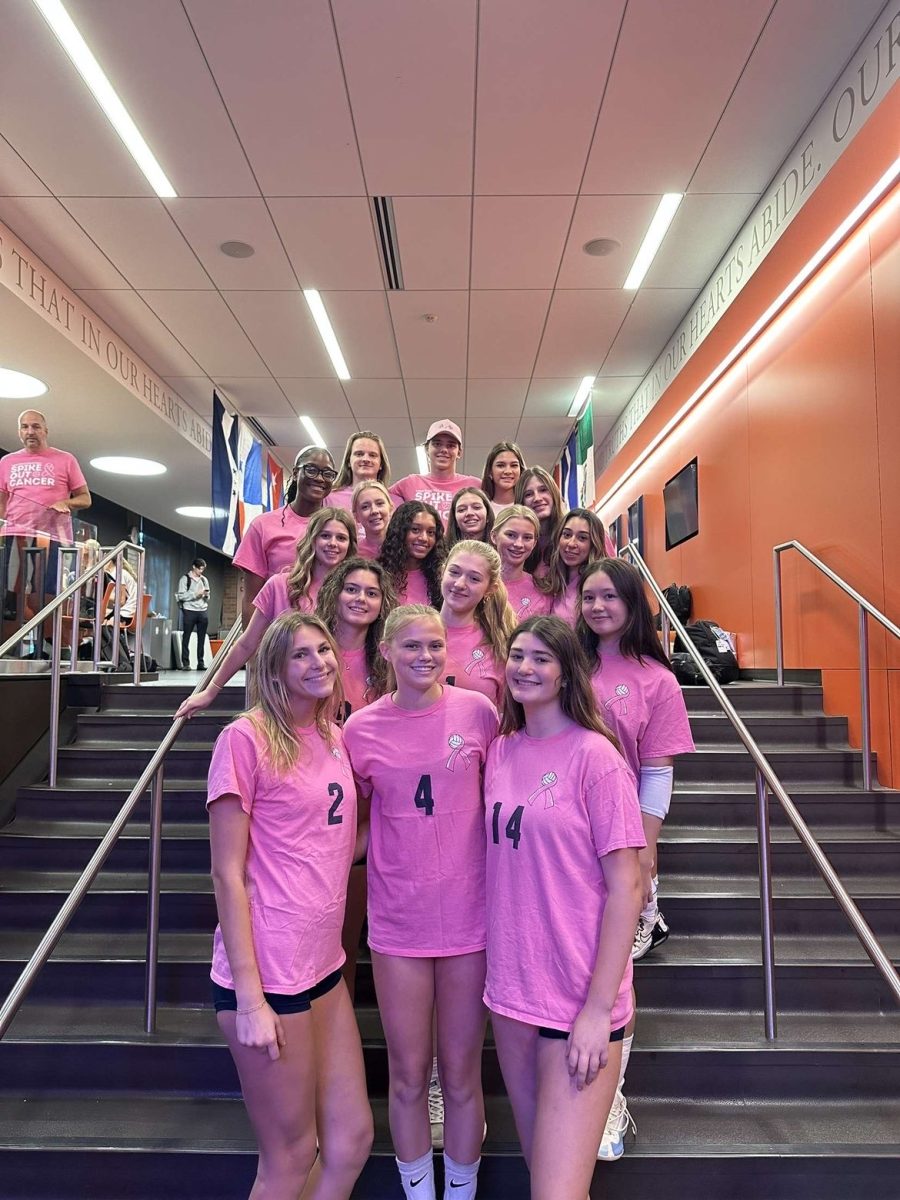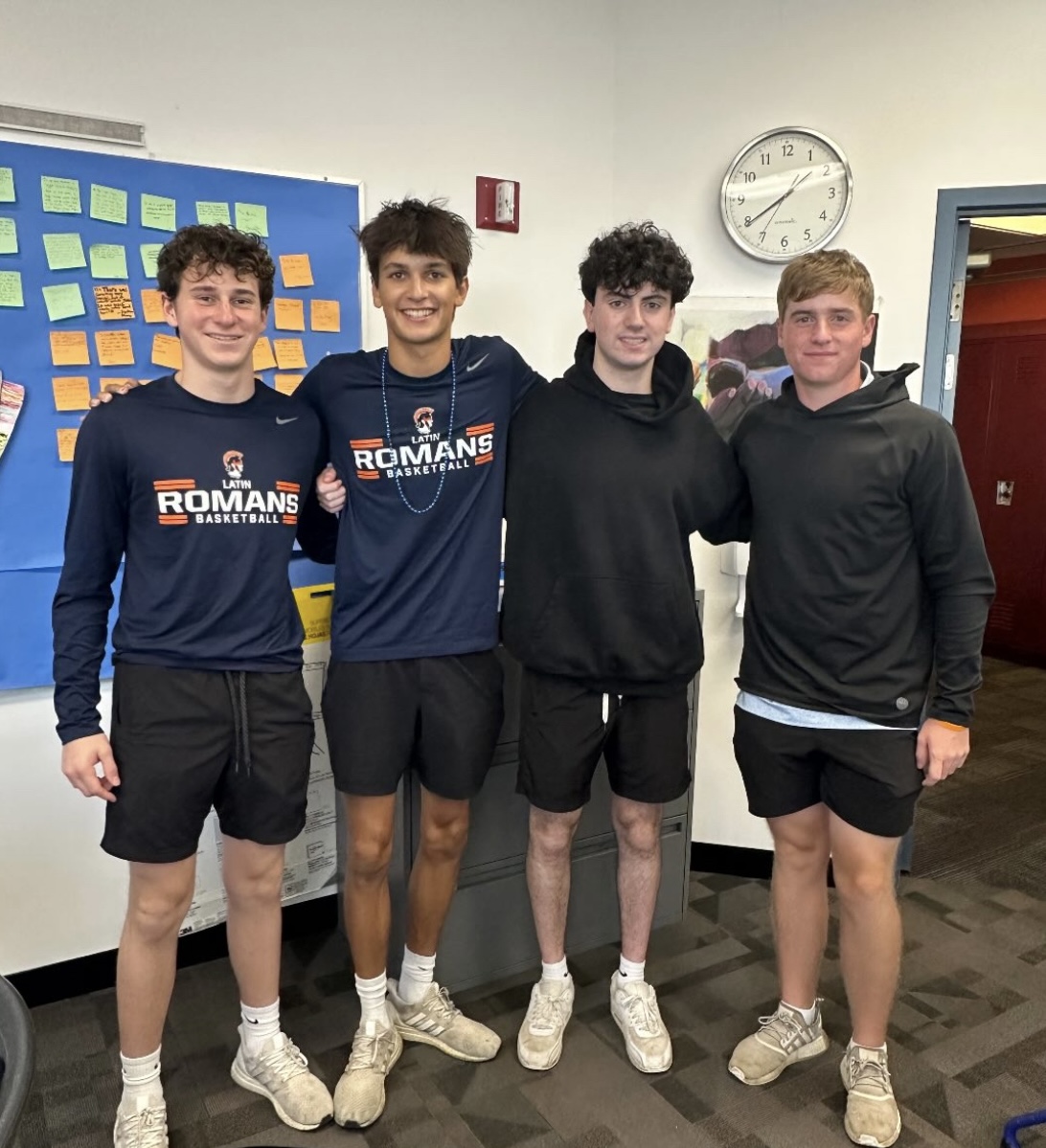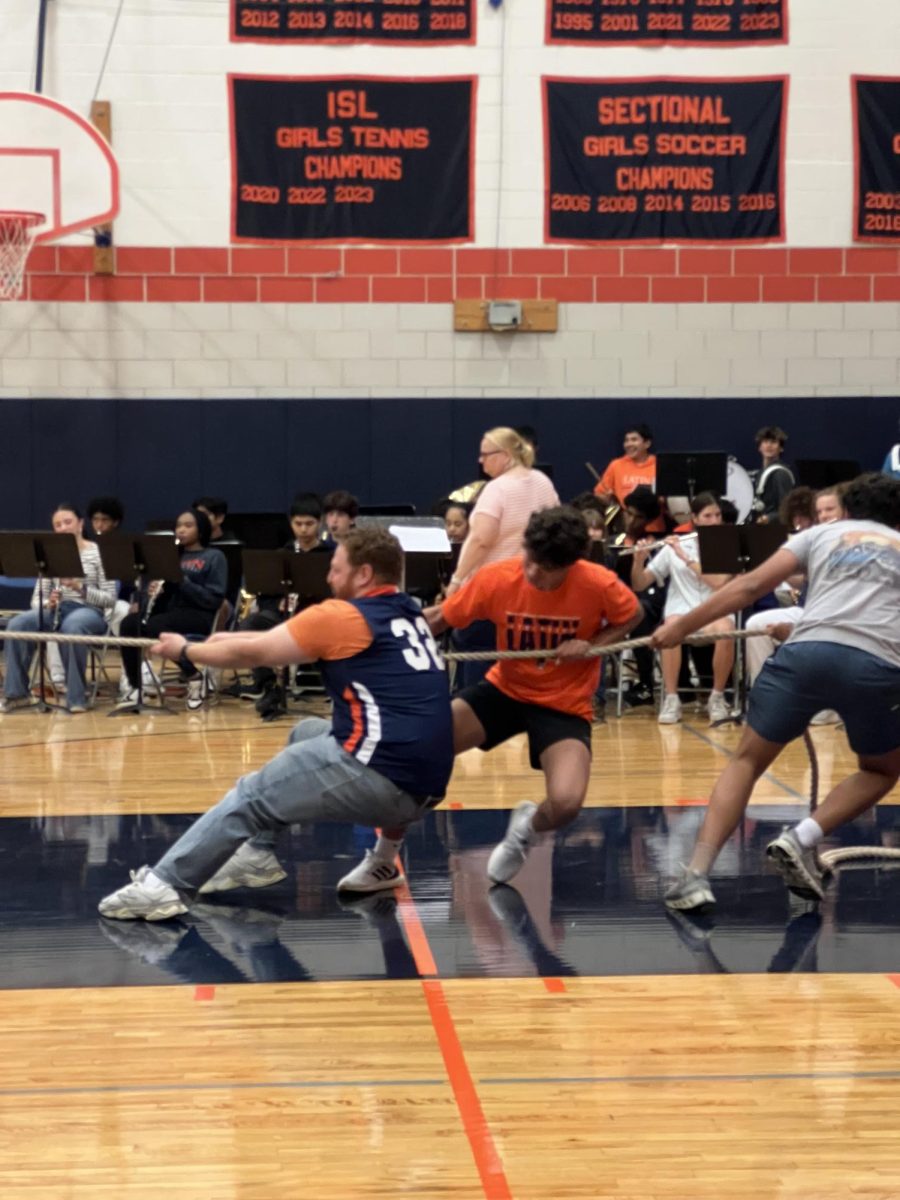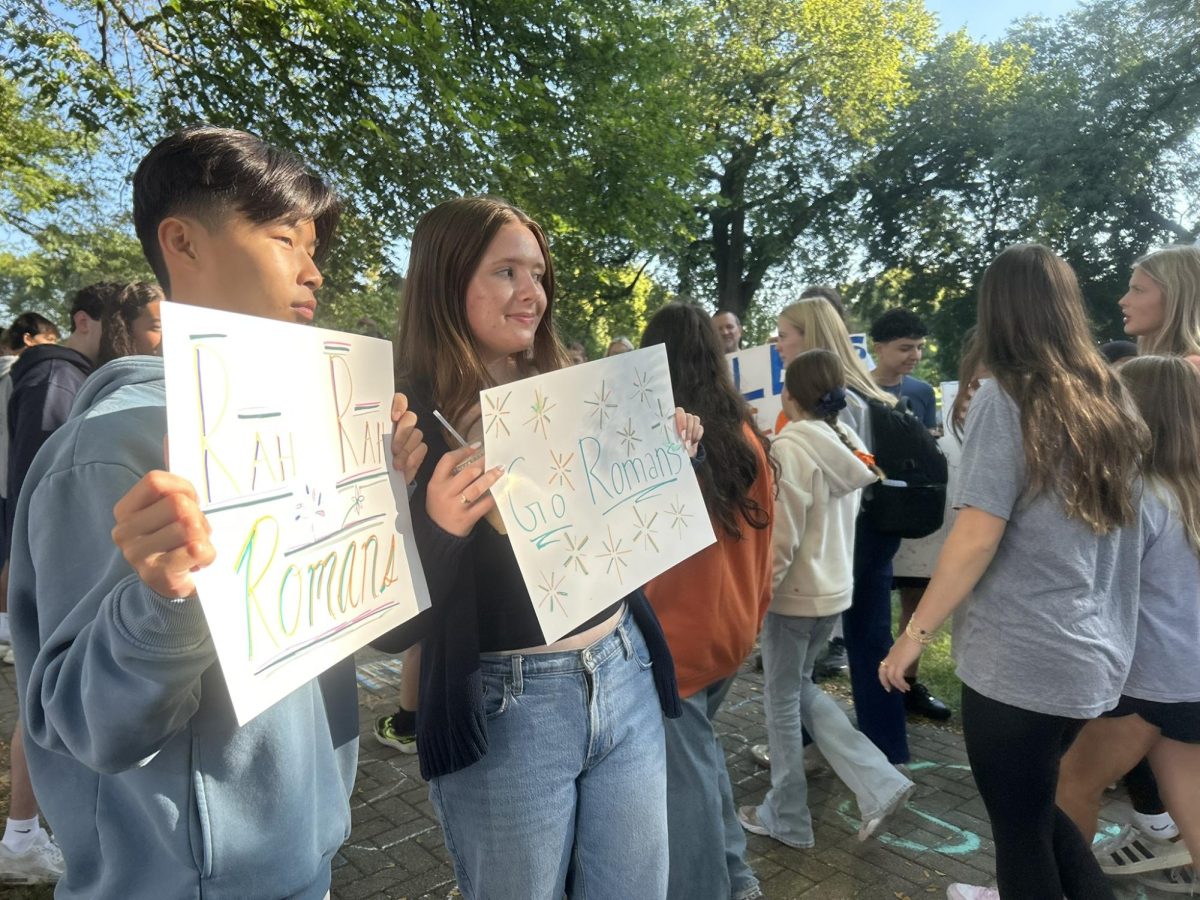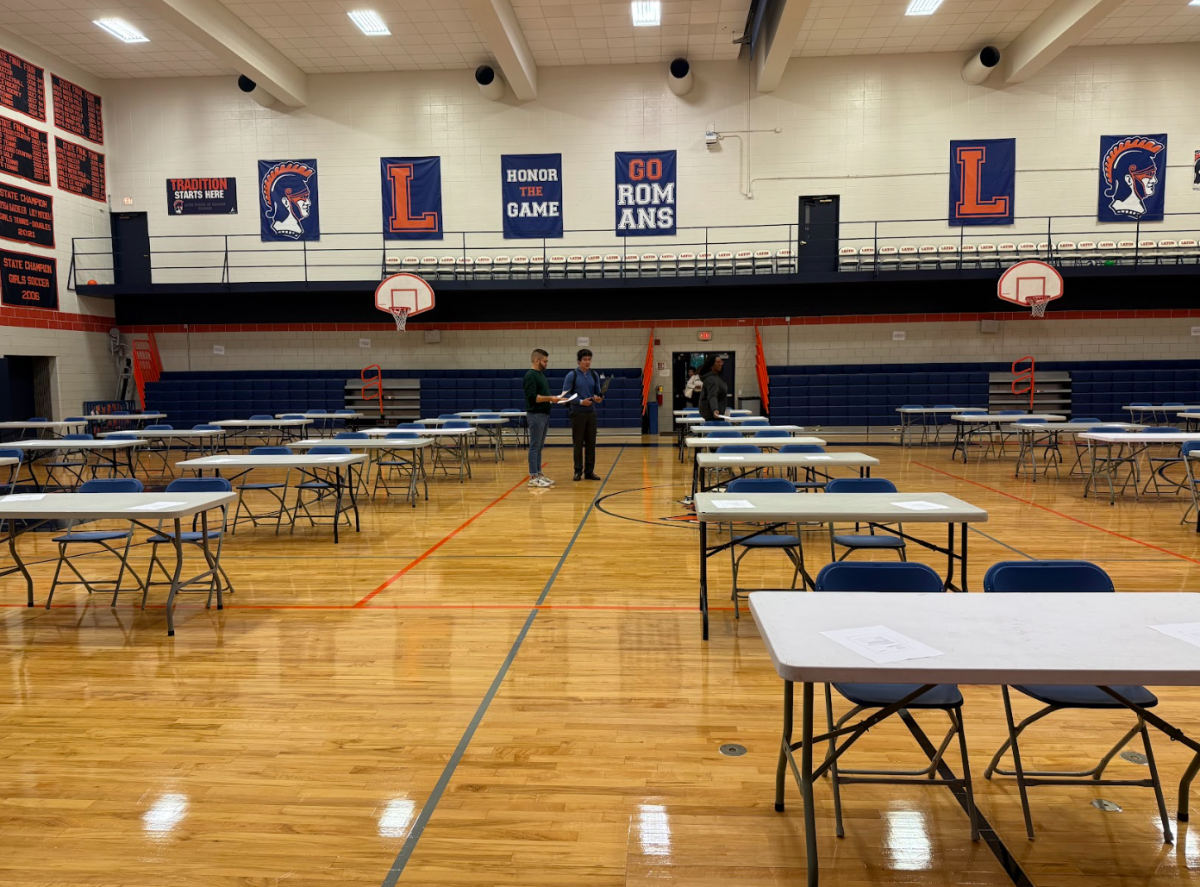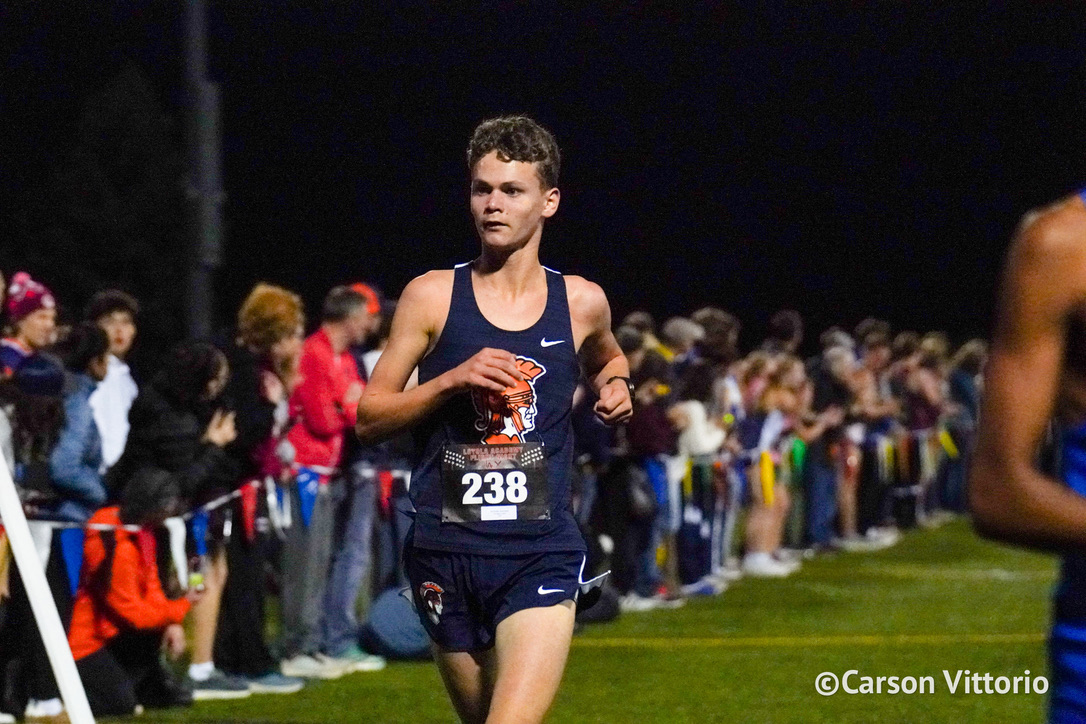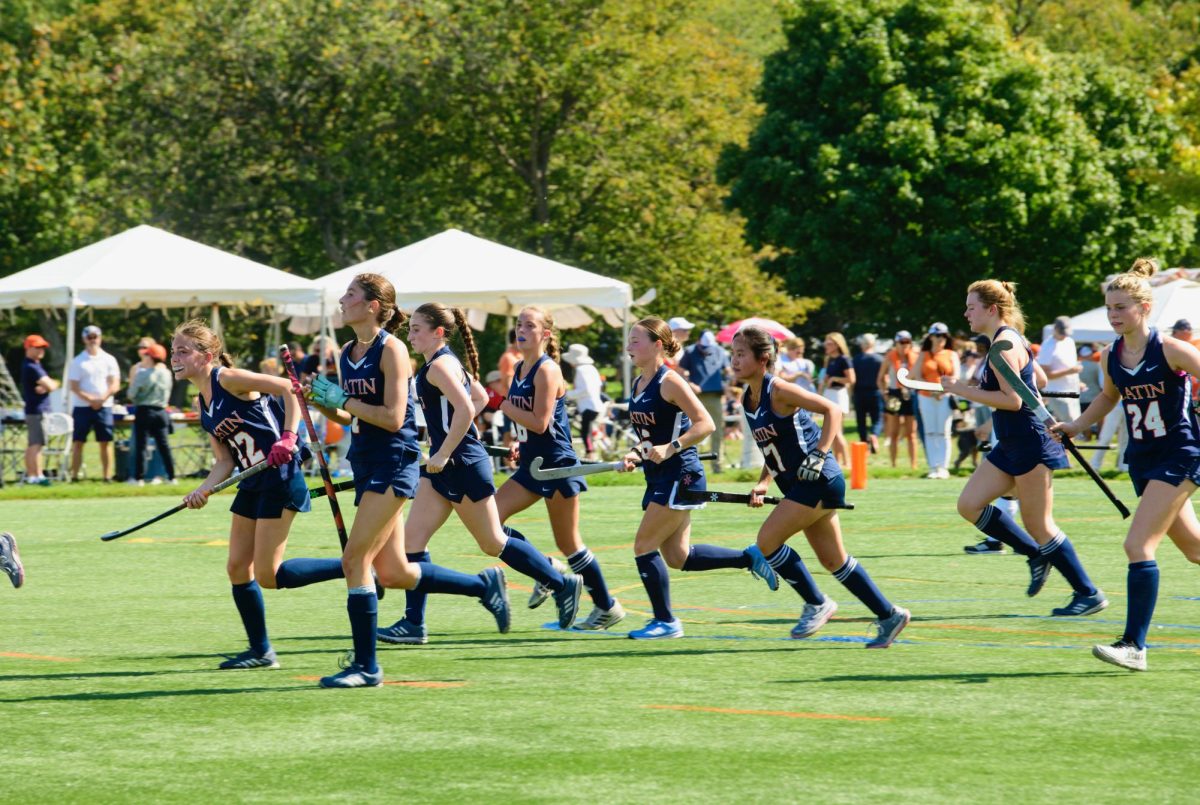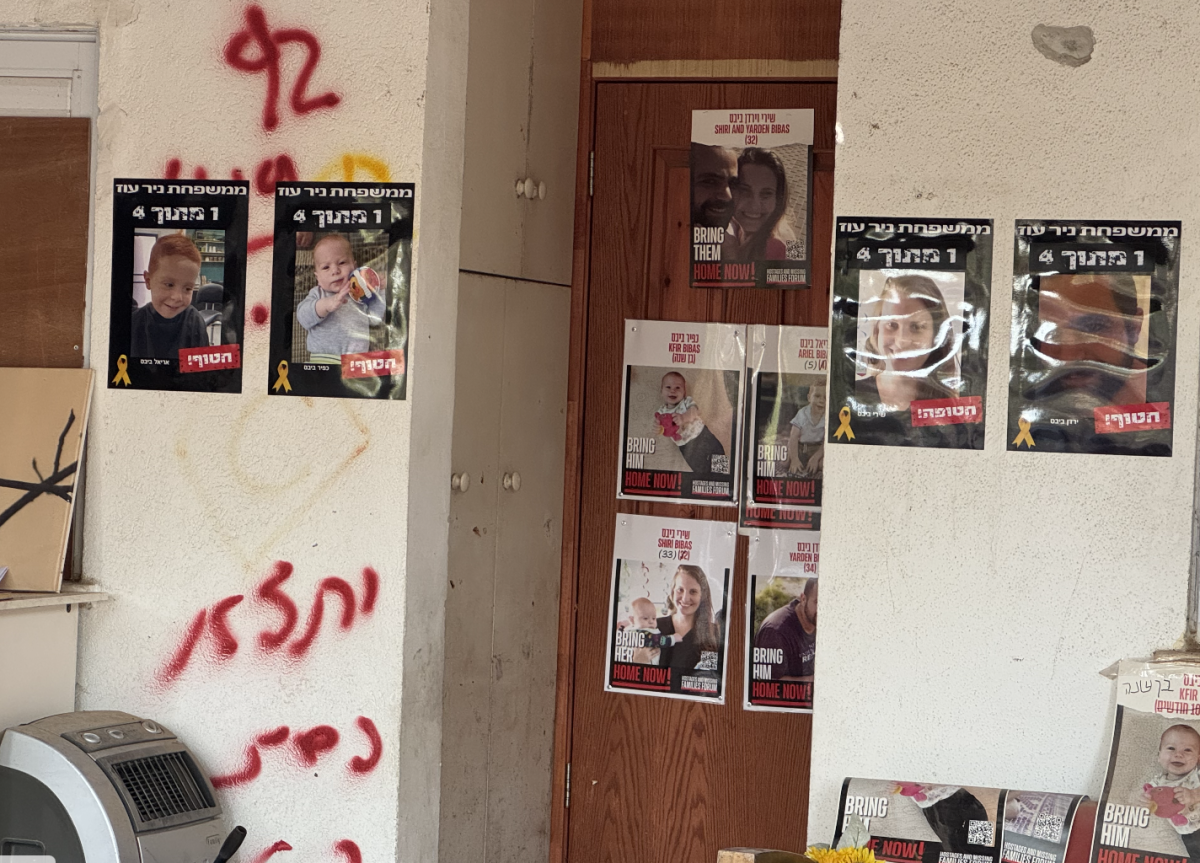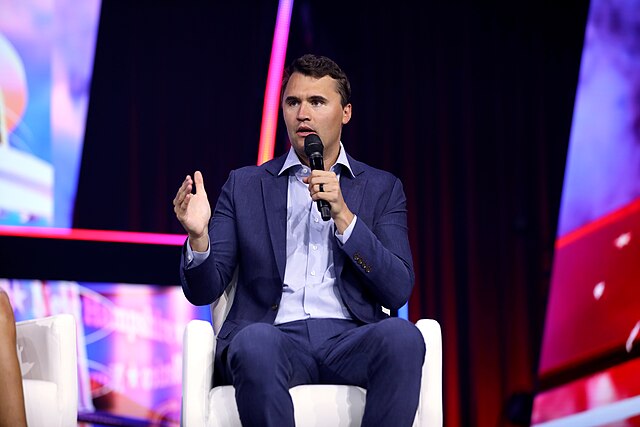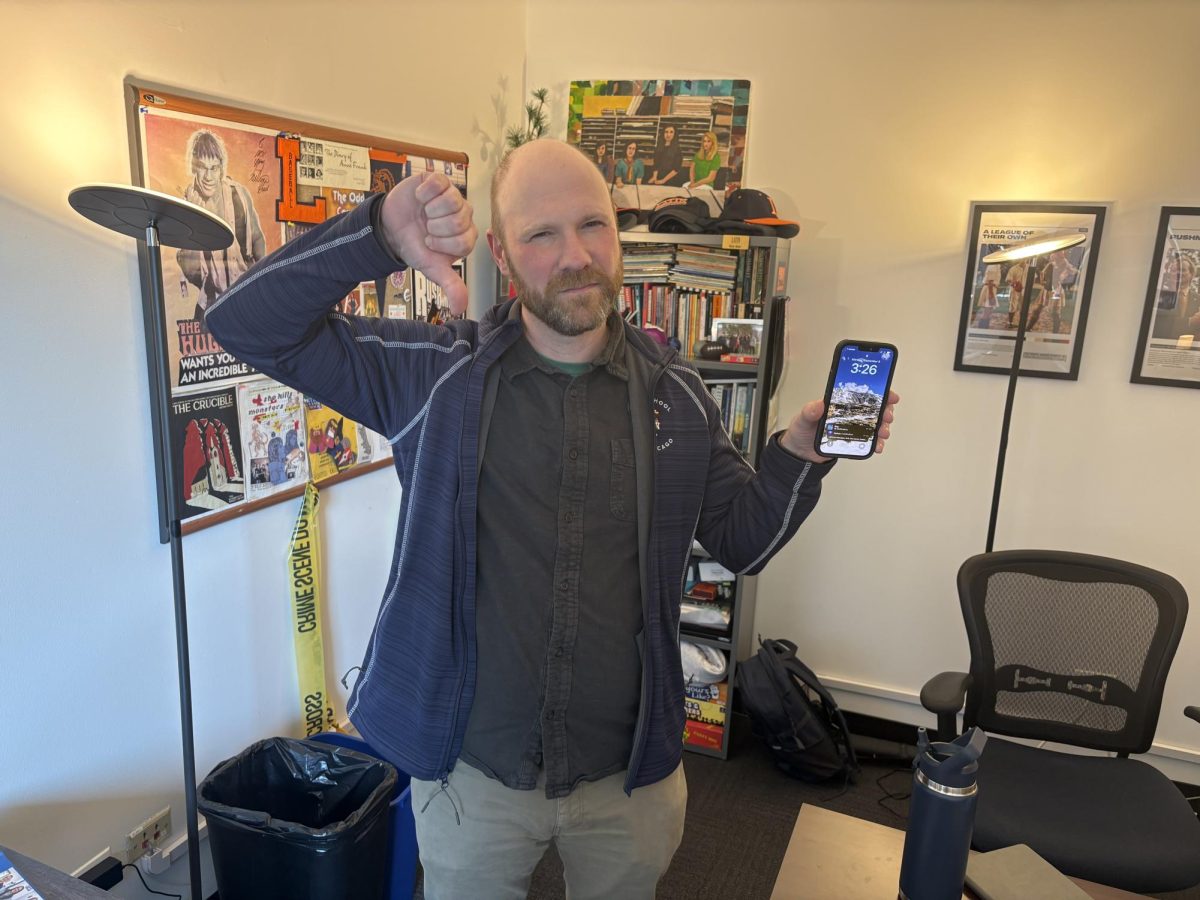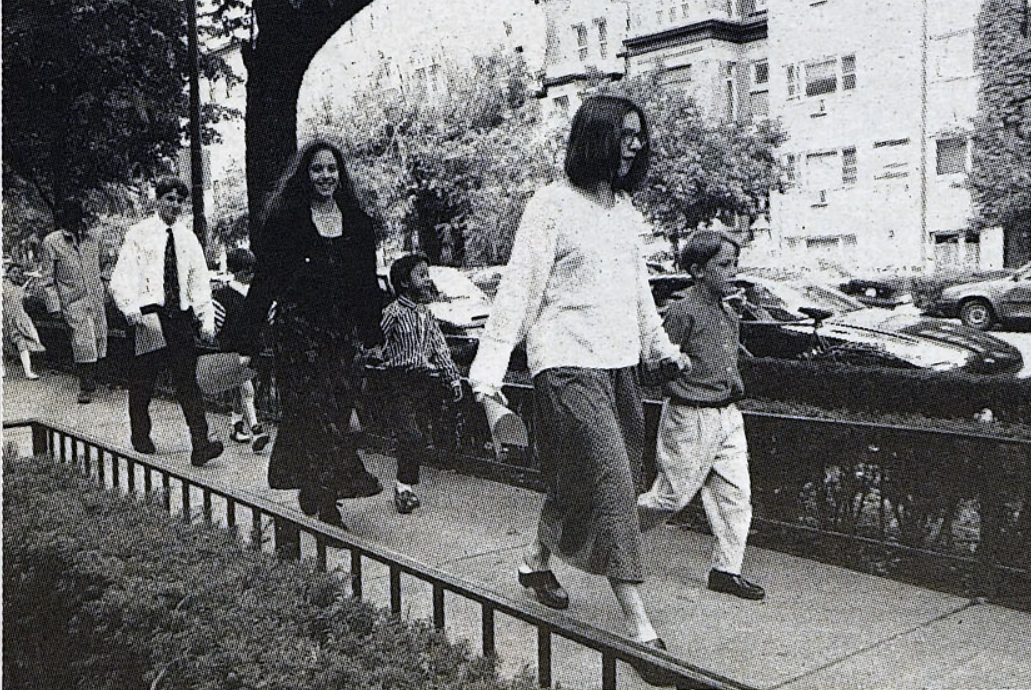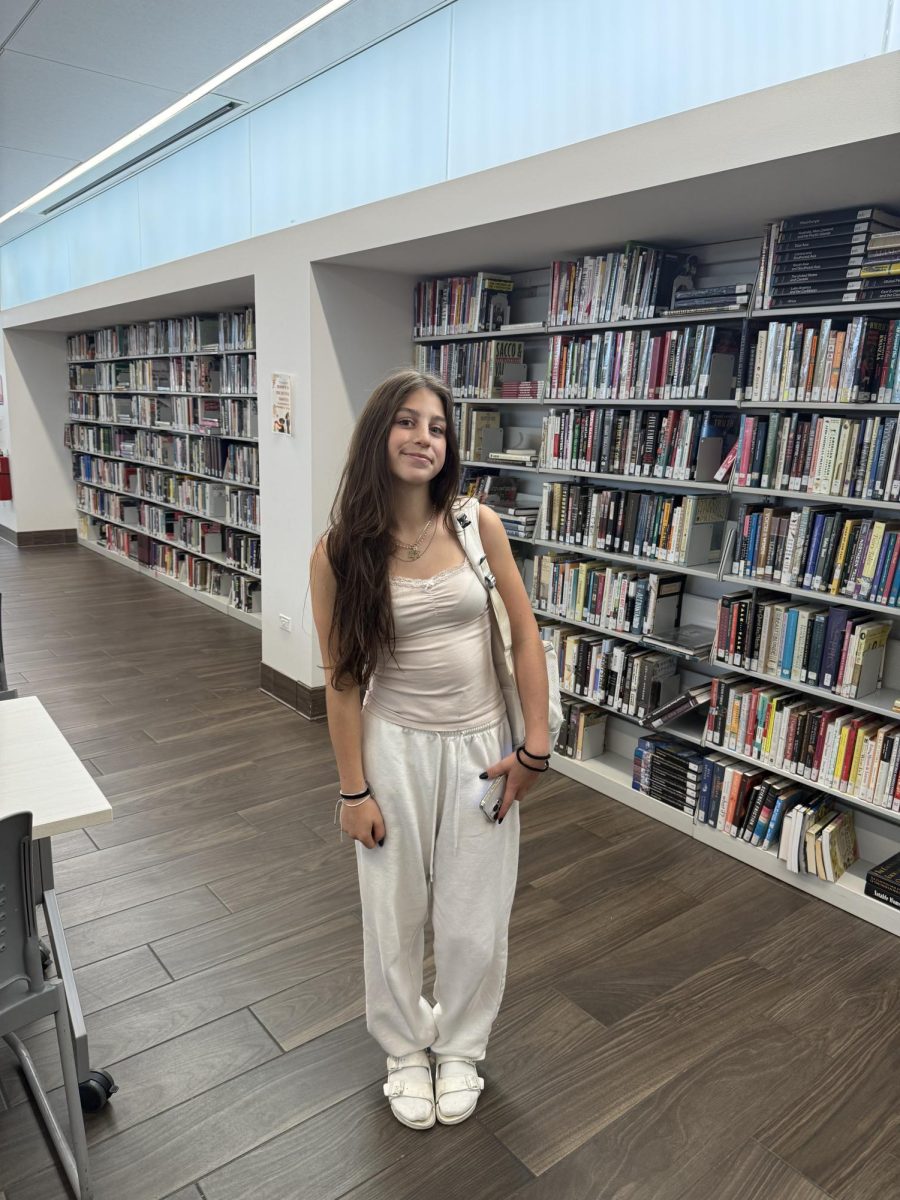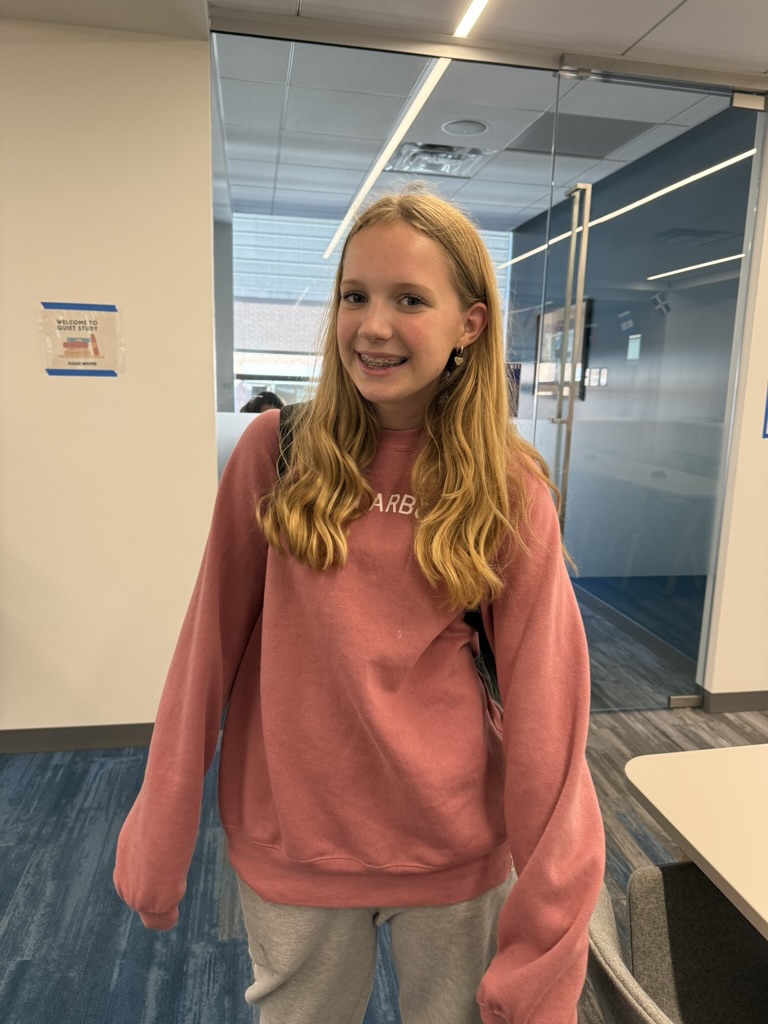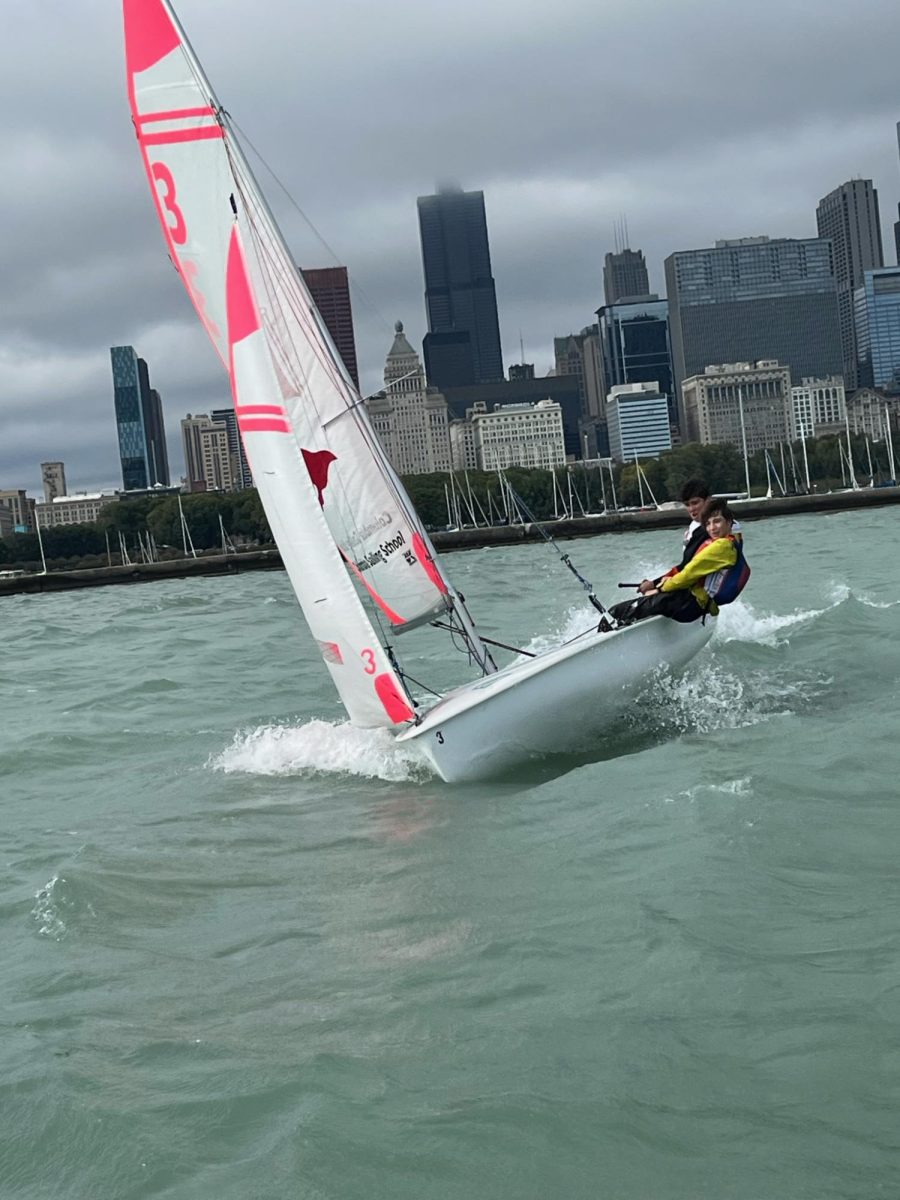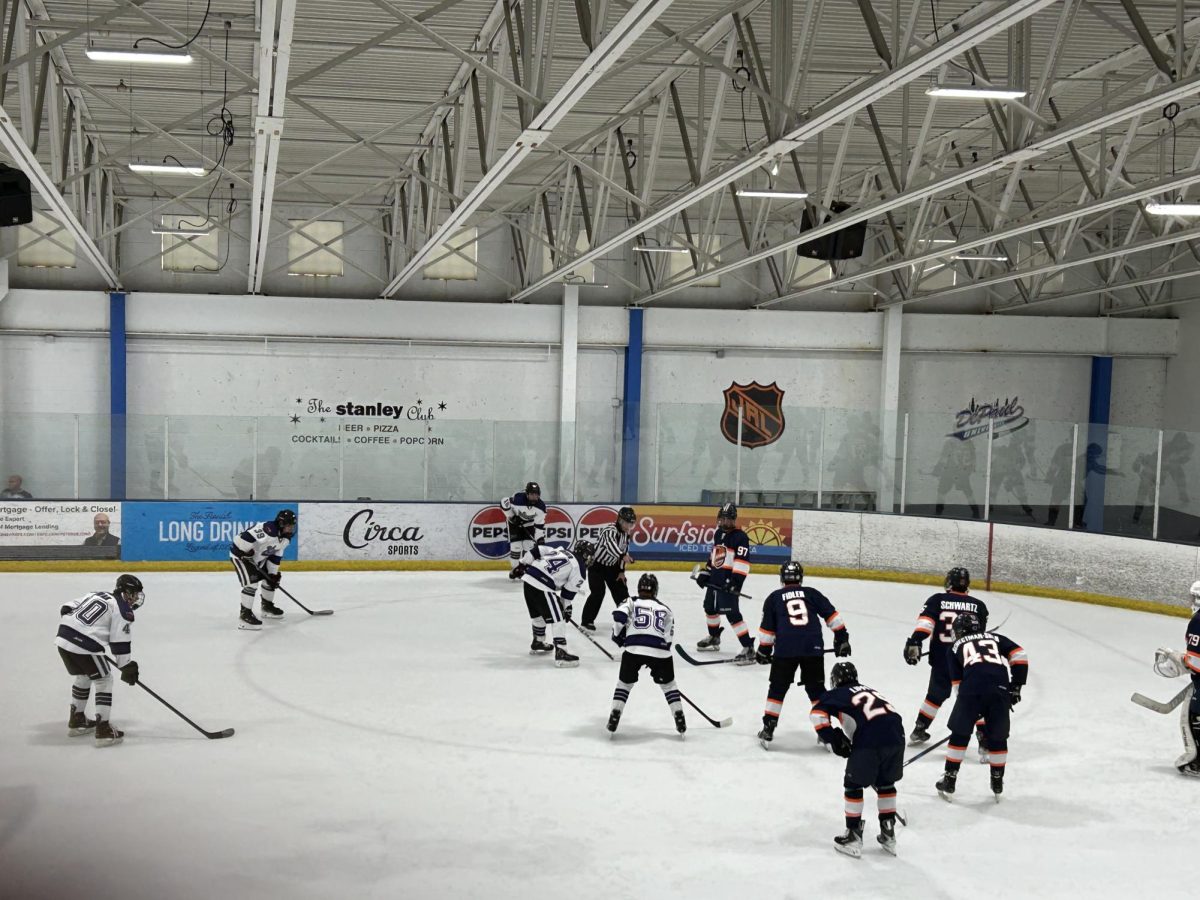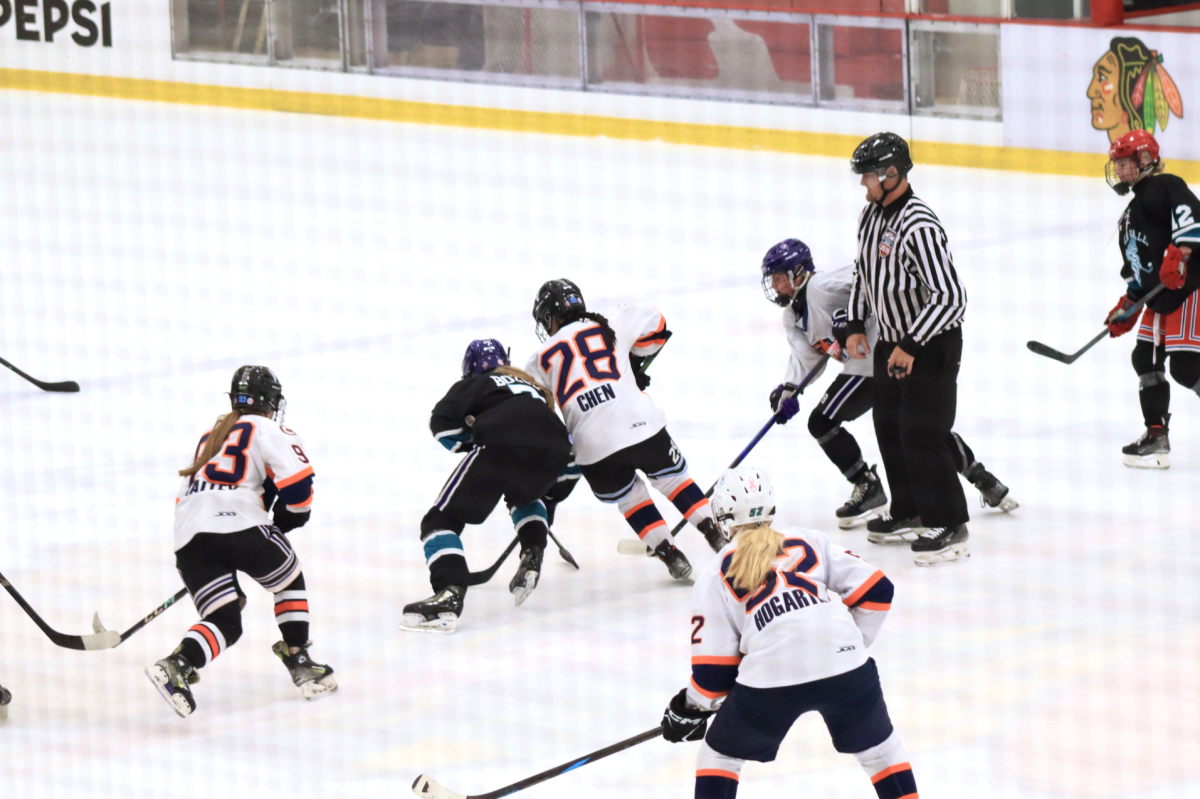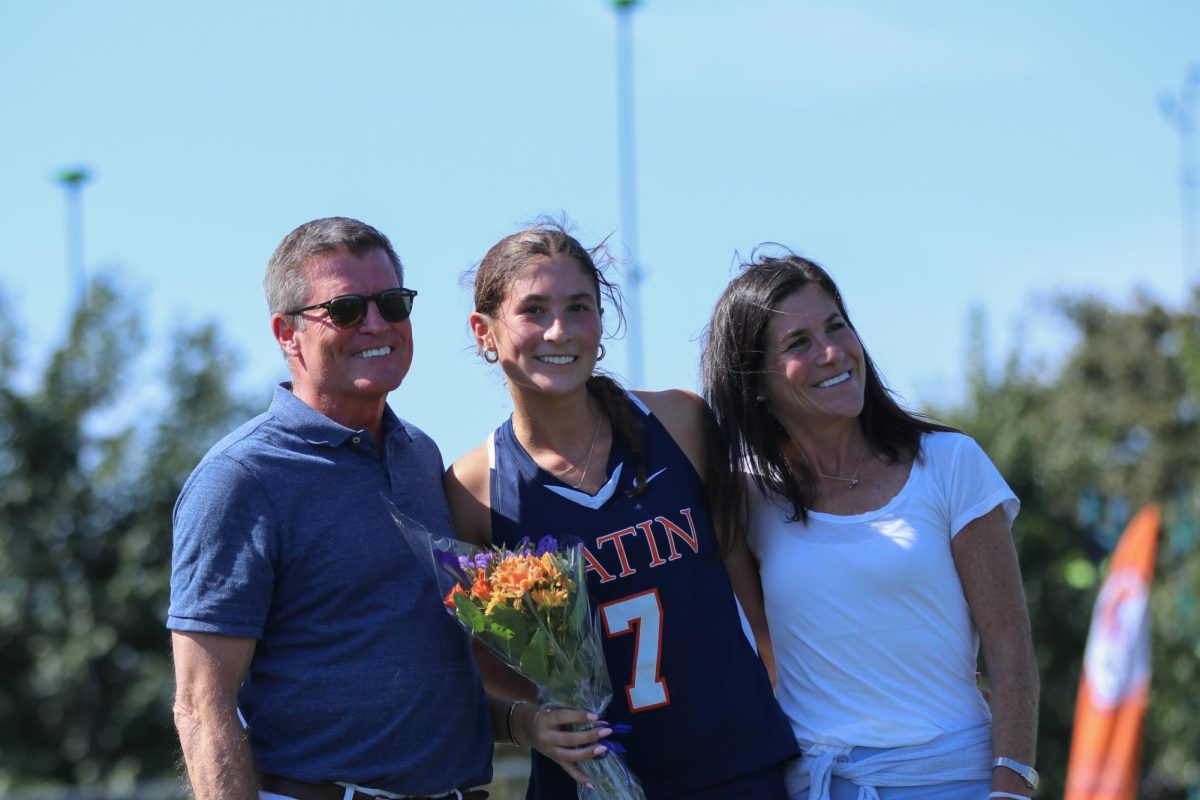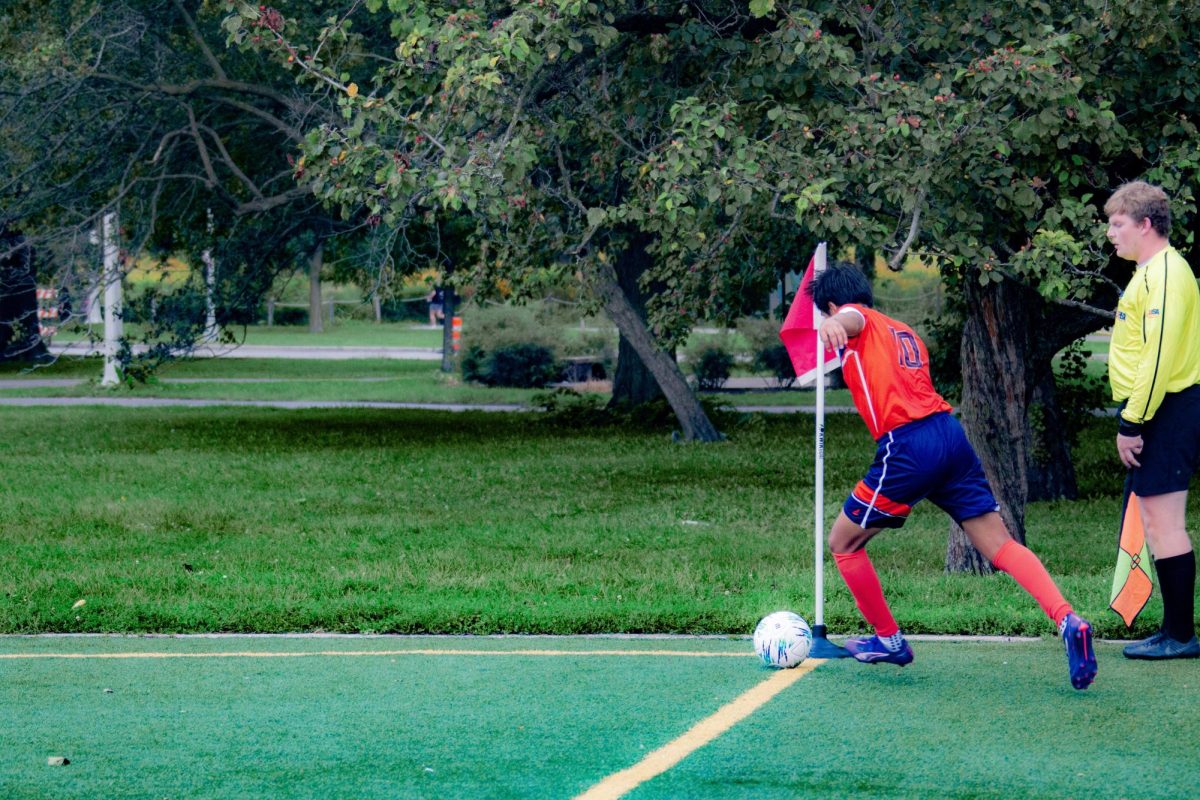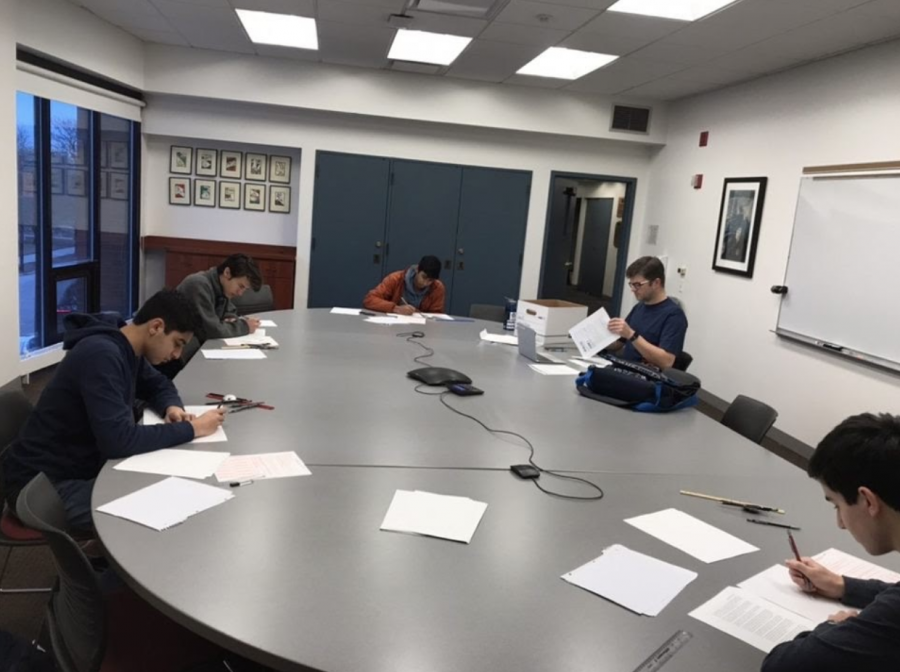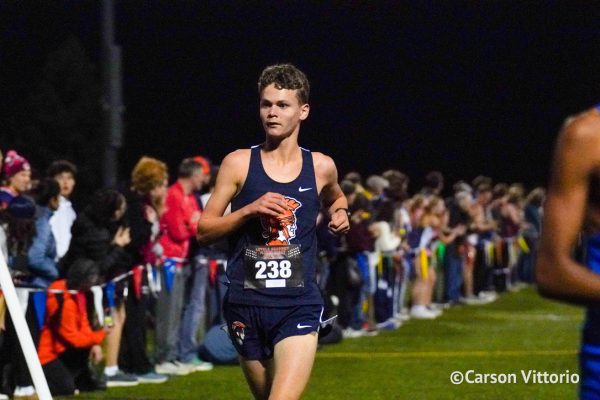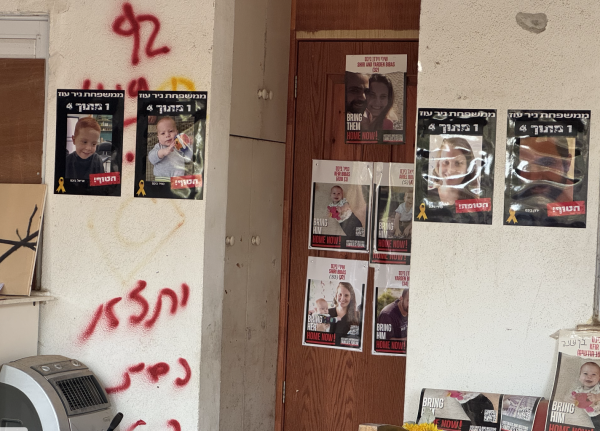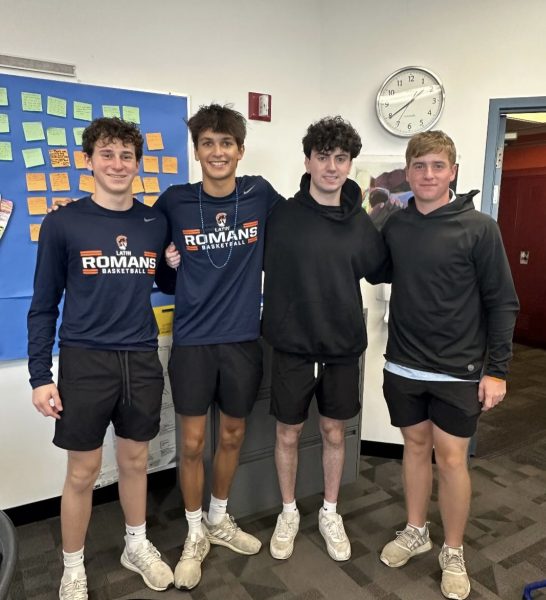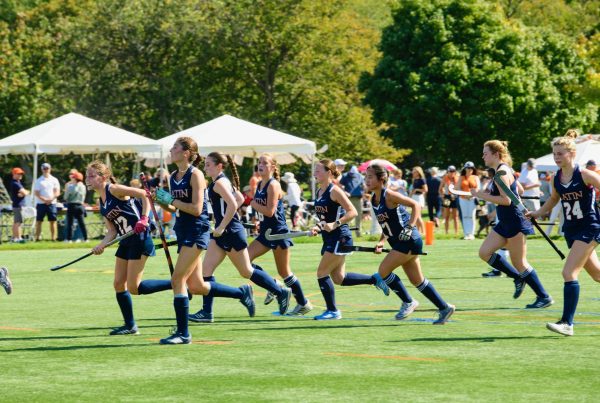Latin’s Math Stars Try Their Hand at the AIME
March 13, 2020
After taking the American Mathematics Competition (AMC), juniors Mark Miller, Tushar Patel, Sujan Garapati, and senior Will Cravitz qualified to take the American Invitational Mathematics Examination (AIME) on March 11. The 3 hour test consists of 15 challenging problems with solutions ranging from any integer between 0 and 999. Participant Will Cravitz says, “The AIME is the second test in a series of four that ultimately chooses who will compete for the US in the International Mathematical Olympiad.” The final test, the IMO, includes six American students.
Tushar Patel, who took the AIME for his first time as a sophomore, shares his experience: “I was very unprepared by the time of the test.” Unlike most of his competitors, he took the test over Project Week in Oregon. With unique circumstances, while taking the test, Tushar answered 3 out of 15 correct. Looking back on last year, Tushar decided to approach the AIME differently this year; he says, “I have completed several practice tests as well as an online course.” With more practice and a familiarity with the test, Tushar says, “I hope to get at least 8 questions right this year.”
Mark prepared for the AIME too. Similar to Tushar’s studying strategy, Mark says, “I plan to try some problems from previous years to get a sense of the type of questions asked.” By creating a familiarity with the test in general, Mark hopes to increase his performance. He says, “The amount of time given already suggests that the problems on this test are challenging, but I would also say that they require a lot more creative problem solving when compared with other math tests.” Because of the difficulty of the test, he concludes, “I’m just looking forward to trying some interesting problems.”
Unlike Tushar, Will says, “I don’t plan on preparing too much for the AIME.” He elaborates, “I view these types of competitions with more of a nothing-to-lose mentality. The problems are really difficult for me, but there’s no downside to working on them for a few hours just to see what I can do.” Rather than get hung up on the difficulty of the test, Will participates to push himself. He says, “It’s a humbling experience as well. I’ve always viewed math as one of my strongest/favorite subjects, and taking a test like the AIME reminds me of how I’ve barely scraped the surface of the field.” The test offers Will the opportunity to delve into topics that “Latin’s math curriculum doesn’t cover.”
Like Will, this is Sujan’s first year competing. Prior to taking the exam, he says, “I have never taken the AIME test, so I don’t really know how it works. I have not done anything to prepare for this test and I did not really do anything to prepare for the previous test.”
Since finishing the test, the competitors reflect on their performance before the results are released. Will says, “The first page of questions weren’t easy, but they were manageable enough to think about and work on. Once I got to the second page with about an hour left, I started to reach the questions that I didn’t have too many strategies for, and I was pretty burned out from working so long.” He feels the combination of the problems increasing in difficulty and the duration of the exam made the final questions more challenging. While Will expresses the intensity of the test, he says, “I think overall it went a little better than I expected.”

